What Is Concrete Planer And How To Use It
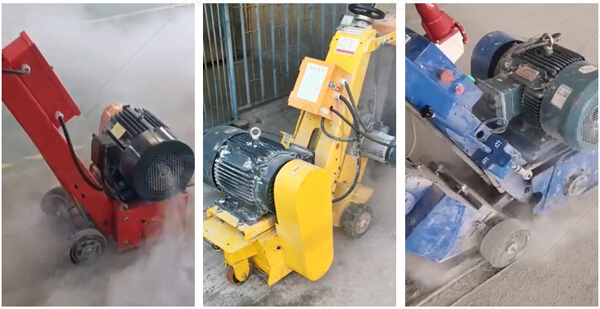
You’ll run into projects that require specialized equipment as a seasoned do-it-yourselfer.
Say you want to re-floor a barn, workshop, or warehouse building on your property, or you want to resurface a long concrete driveway – such projects require tools that can perform surface preparation such as removing epoxies, elastomeric, and masterplate for planing concrete and asphalt easily.
Concrete planers are useful in these circumstances.
Contents
What Is The Concrete Planer
Concrete planers are also called surface planers, milling machines, or scarifiers.
How Concrete Planer Works
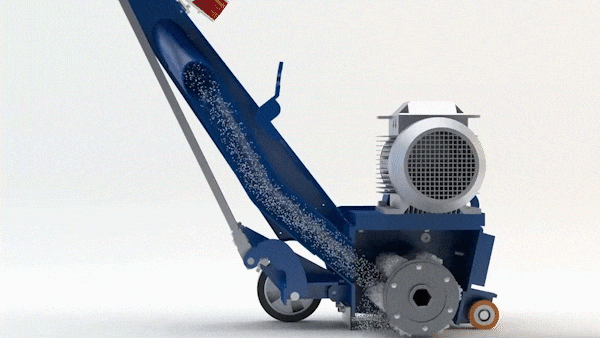
Planers use multi-tipped cutter assemblies that rotate fast, chipping away at concrete surfaces and removing old coatings. Cutting wheels or flails can be interchanged, depending on how smooth a surface profile you need.
You can choose from electric- or gas-powered walk-behind concrete planers as well as hand-held units for smaller jobs.
How To Use Concrete Planer
Follow these steps to get the most out of the machine.
The first step is to practice
Before you start working on the machine, practice operating it. You will learn how to set the depth control and how to engage and disengage the drum. However, once you understand the material you’re trying to shave or plane and how it will react to your machine, you can complete your task.
Set the drum depth
The depth of the drum should be determined by the project. You can, for example, drop the depth of a drum so that it just skims along the top of a thermoplastic line on an asphalt surface. A drum containing 1/8 inch or 1/4 inch of epoxy must be plunged into a surface for an industrial application, however.
Using the planer at too low a setting may cause the drum to bounce across the surface instead of plane it. The engage/disengage lever needs to be in the disengage position before starting the planer. This prevents the cutter from touching the surface at start up.
If necessary, make multiple passes
Remove more than 1/8 inch of material in one pass without straining the machine. This would cause the engine to labor, the belts to burn out, and the carbide cutters to be damaged. The worst-case scenario is the carbide cutters, spacers, and shafts would break loose, causing a workplace hazard.
Step cutting is a better alternative. Take two 1/8-inch passes, for example, if you need to remove 1/4 inch of material.
The first pass should be made north to south, and the second should be east to west. By doing so, the material can be removed evenly to depth while compensating for any height differences in the surface.
Follow the right pace and direction
The machine will be able to cut the material if you move it at the right pace. A machine’s size, weight, and horsepower as well as the material’s hardness will determine its speed. It will skim over the top of the surface if you push the machine too fast. It is important to keep an eye on the self-propelled planer so that it does not walk away from you. You should never stop the cutter while it is running.
Planning down a trip hazard? Move the planer from the higher side to the lower side of the concrete.
Observe your cutting assembly’s spacing and pattern
It is important that the cutting flails can move freely on the shafts of the drums. Remove any spacers if they are tight. At least one spacer must be inserted between the edge of the drum and the flail.
You can adjust the spacing and the pattern of flails to achieve different textures on the shaft. For smoother finishes, less space between flails is needed.
How Much Can A Concrete Planer Remove
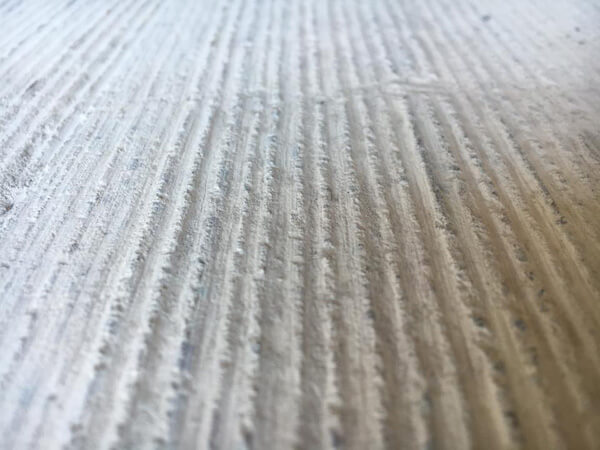
The working path varies from 4 to 16 inches, depending on the machine.
Concrete planers are also versatile – some models are capable of removing up to 1/4″ of concrete in one pass, and some offer adjustable cutting depths. An average concrete planer can produce 350 to 1,500 square feet per hour. Concrete planers are highly versatile and efficient machines that remove large amounts of concrete with little effort from the operator.
They rotate at high speeds to rapidly chip away at concrete surfaces, allowing you to complete tasks in a short period of time.
When You Should Plane Concrete
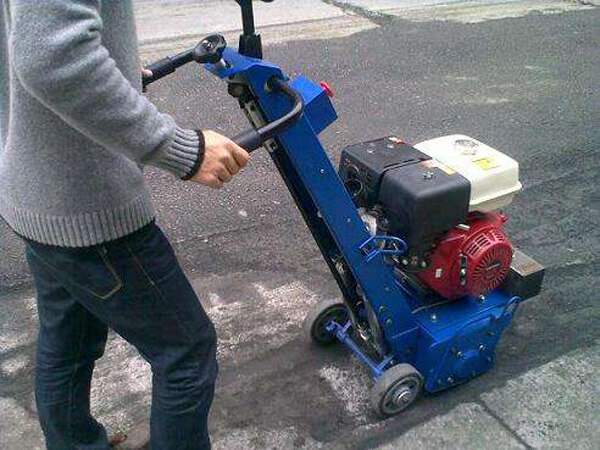
Removing concrete above 1/8″ (3mm)
Whenever you need to remove concrete that is more than 1/8″ (3mm) thick due to a bad pour or other demolition, a planer will be able to do it much faster than a grinder. Not only will a planer save you time and money, but it will also save you money on tooling costs.
Coatings that are thicker
Depending on the coating being removed, the operator’s preference, the surrounding conditions, etc., you could use a shot blaster, grinder, or planer for coating removal. The planer is the fastest and most effective method to remove thick coatings if you will not need to polish the floor afterward. While a grinder with PCD tooling can remove some of these coatings, it’s just that concrete planers are generally faster and more effective at removing these coatings because of their aggressiveness.
Trip hazards
There are many types of trip hazards, but sidewalks are one of the most common. The constant exposure to extreme weather, as well as frequent traffic, can cause sidewalk slabs to become uneven and raised at the expansion joints. Trip hazards are created as a result, which must be reduced.
Each sidewalk slab can have drastic differences in trip hazards. Since the cutters on a planer are fast and aggressive, removing these trip hazards is relatively painless.
Last but not least, since it is a sidewalk, the aggressive profile left behind by the planer is ideal for preventing someone from slipping when it is wet.
Conclusions
Concrete planers are also called surface planers, milling machines, or scarifiers. Planers use multi-tipped cutter assemblies that rotate fast, chipping away at concrete surfaces and removing old coatings.
Concrete planers are also versatile – some models are capable of removing up to 1/4″ of concrete in one pass, and some offer adjustable cutting depths.
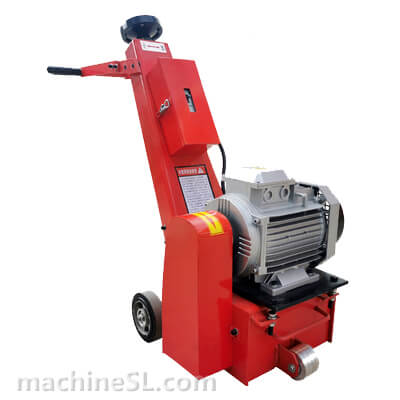
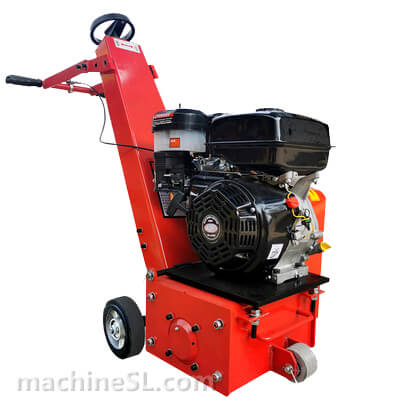
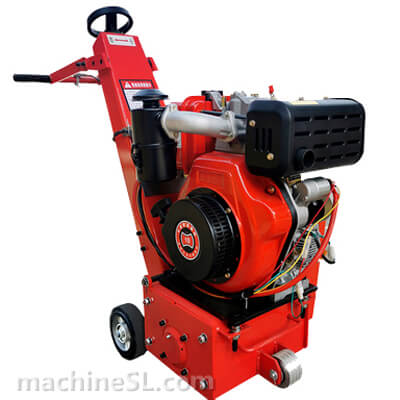
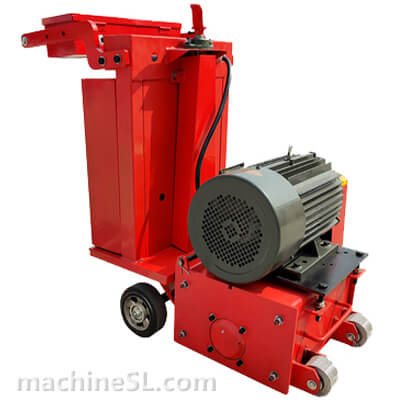
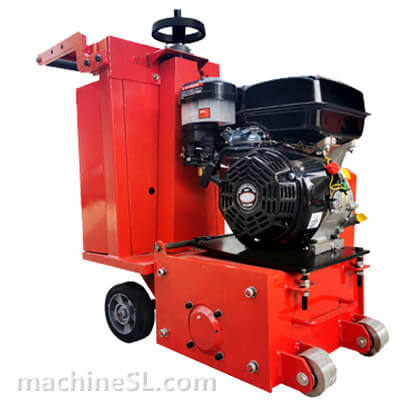
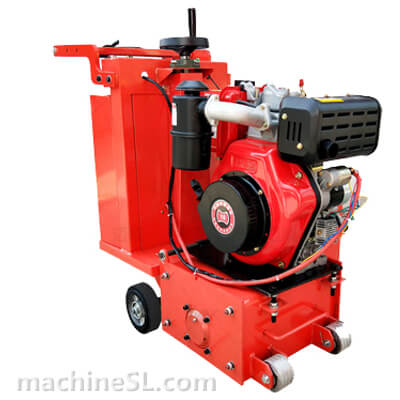
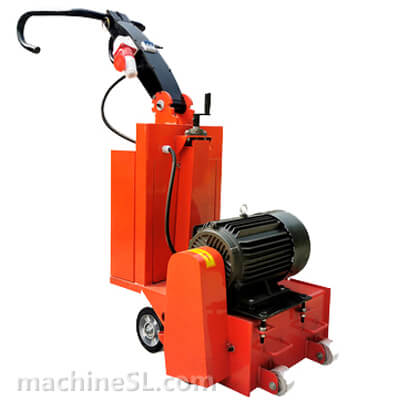
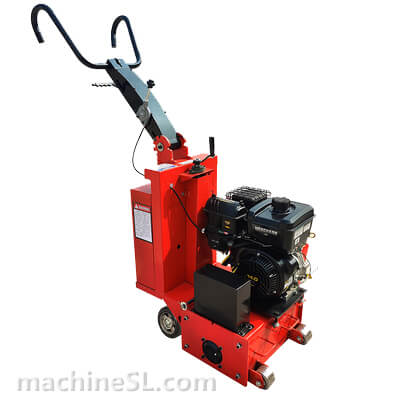
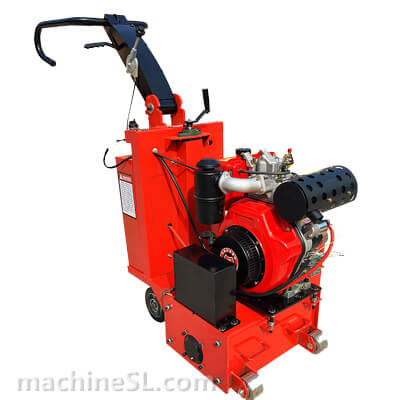
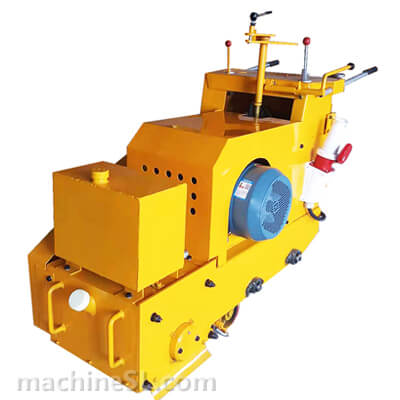
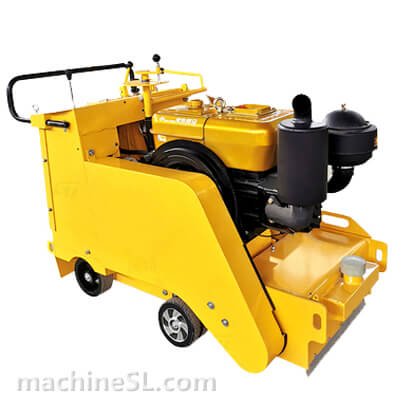
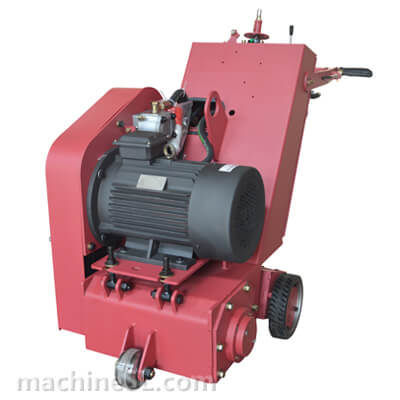
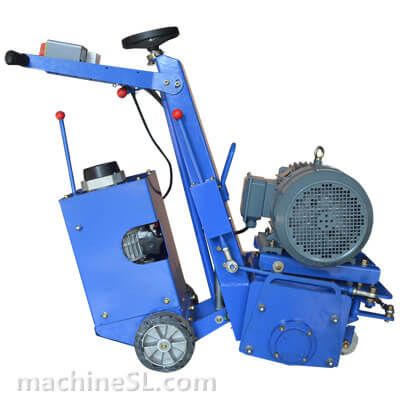
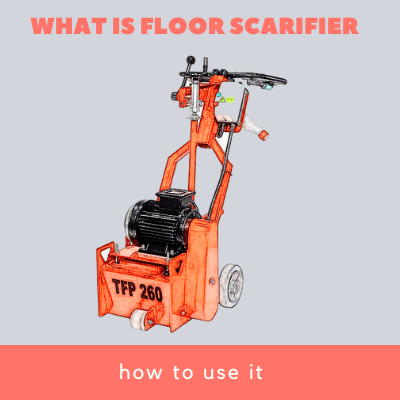
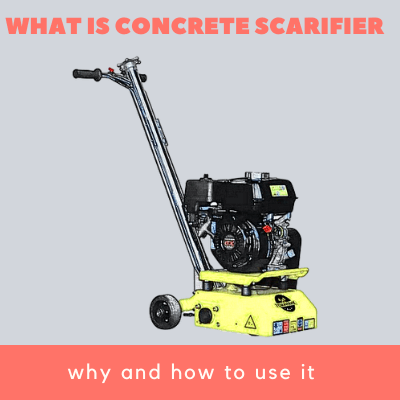
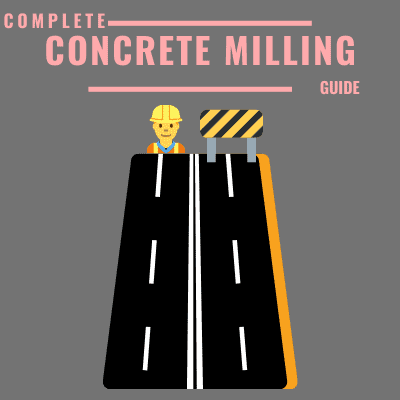
Leave A Comment